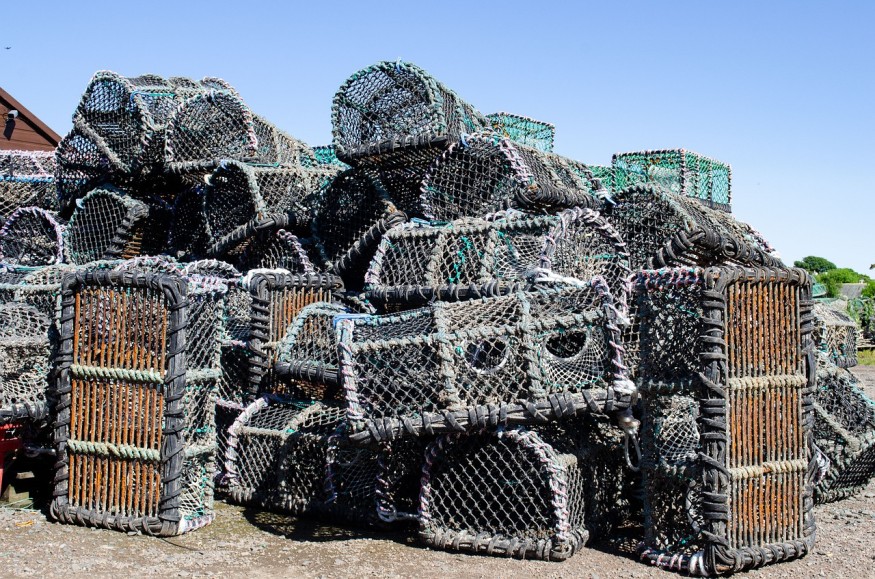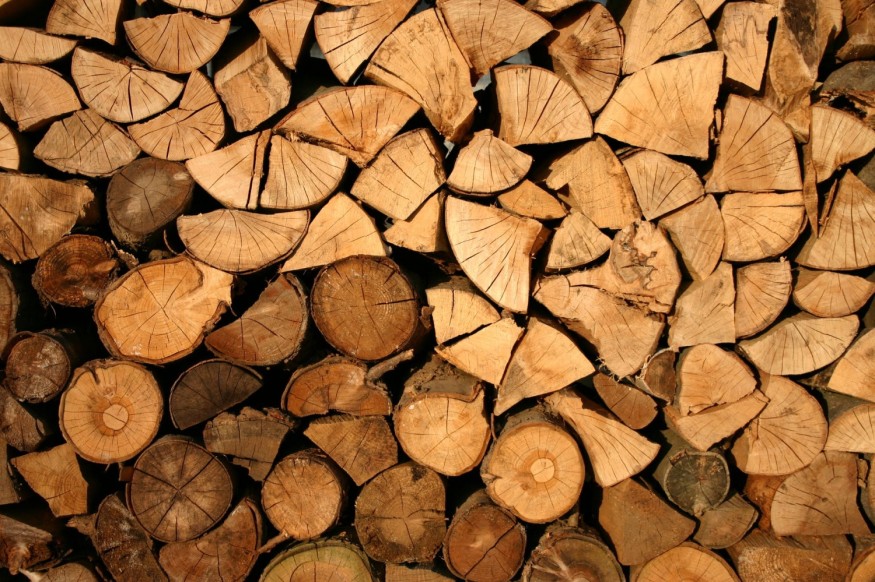A major wildlife study is struggling to account for humanity's exploitation of animals.
People use over 50,000 plants and animals for food and revenue, but experts believe this figure is conservative.

Intergovernmental Assessment
According to a large intergovernmental assessment written by hundreds of experts, billions worldwide rely on roughly 50,000 species of wild plants and animals for food, energy, medicines, and money.
Although the research concluded that overexploitation concerns certain species, it identified other examples of wild animals being exploited sustainably.
It suggested strategies to encourage and duplicate those practices.
However, independent scientists claimed that the evaluation falls short in assessing people's usage of wild animals.
They highlighted substantial gaps in the evidence supporting the assessment. It "underestimates the harm that exploitation of wildlife does to nature, and it exaggerates the benefits," said biologist Daniela Freyer, co-founder of the conservation organization Pro Wildlife in Munich, Germany.
The Intergovernmental Science-Policy Platform on Biodiversity and Ecosystem Services (IPBES) presented a summary of the assessment on July 8, with a complete report due in a few months.
It will follow a 2019 IPBES research that showed that wildlife exploitation is one of the leading causes of biodiversity loss.
According to Marla Emery, a co-chair of the evaluation, the current study builds on that conclusion and attempts to send a more upbeat message.
The report's authors, who included people with Indigenous and local knowledge and experts selected by governments, combed through more than 6,200 documents, including research articles and reports.
They determined that humans rely on over 33,000 plant and fungal species, 7,500 species of fish and aquatic invertebrates, and 9,000 species of amphibians, insects, reptiles, birds, and mammals.
However, according to John Donaldson, another study co-chair, those are likely conservative figures.
Also Read : How Overexploitative and Unsustainable Practices are "Driving Extinction" for Various Species
Exploiting Resources

According to one evaluation referenced in the paper, around one-third of the 10,000 species exploited by humans have stable populations, indicating that they are being used sustainably.
The rest exhibit signs of population decrease that humans might have caused.
However, Alice Hughes, a conservation biologist at the University of Hong Kong, is concerned about whether the usage of some of the species detailed in the paper is sustainable.
For example, she claimed that the evaluation does not evaluate whether commerce impacts animal morphology.
According to Hughes, trade that eliminates huge "trophy" animals from an ecosystem may diminish the size of the animals that remain, decreasing the gene pool and making them less adaptable to environmental changes.
Researchers also disputed the choice to not focus on how overexploitation of animals influences disease outbreaks.
Given the substantial evidence that the COVID-19 pandemic began in a wildlife market in Wuhan, China, intimate connections between people and wild animals have become a hot subject.
"Governments will take wild animal exploitation more seriously if they learn there are true biosecurity dangers," Hughes added.
Affected by the Pandemic
According to Emery, a prior IPBES report focused on the relationship between wildlife and pandemics, but this research focused on animal uses.
Unregulated global commerce and growing demand, armed conflict, and climate change are all factors that contribute to the unsustainable exploitation of wild animals.
According to the paper, providing communities with solid land rights, awareness-raising, and scientific research may encourage sustainable behaviors.
The study suggested that regulations be created to guarantee that the costs and benefits of wildlife use are shared equitably and that they draw on various scientific and local expertise.
According to Anastasiya Timoshyna, program coordinator for TRAFFIC, a wildlife-trade monitoring network based in Cambridge, UK, the research exposed "how dependant humans are on wild animals globally," and these insights "couldn't have arrived at a better moment."
Countries are actively discussing the second global biodiversity treaty, which would establish the conservation agenda until 2030.
Some scholars, however, point to serious gaps in the data supporting the report's assessment.
According to Hughes, it most likely substantially underestimates the number of species traded.
For example, she and her colleagues discovered in May that 1,264 species of arachnids are being traded, most of which are obtained in the wild, and many of them are likely unaccounted for in the report1.
Possible Sustainability?
According to experts, data on some of the species included in the paper being utilized sustainably is also limited.
Mark Auliya, a conservation biologist at the Leibniz Institute for the Analysis of Biodiversity Change in Bonn, Germany, noted that it is impossible to infer that species are traded sustainably based on scant scientific information.
Meanwhile, according to Stuart Pimm, a conservation biologist at Duke University in Durham, North Carolina, the study also failed to address how much of the usage of wild species is for people's survival as opposed to luxury products, and hence possibly dispensable.
"There are some extremely challenging topics that require excellent quantitative answers."
Data on the utilization of wild plants and trees are notably scarce.
Even for essential commodities like lumber, most trees are marketed under a genus or other group names, with little knowledge of their species, according to Malin Rivers, conservation director of Botanic Gardens Conservation International in London.
"As one species depletes in the forest, people just move on to the next," she said, adding that even with little data, it is critical to draw conclusions based on the best available information.
Needs More Data
According to Emery, the report's writers conducted a thorough analysis of materials available through April 2021; therefore, they will have missed some of the most recent findings.
She also agreed that there are significant information gaps about wildlife use and whether it is sustainable, which is one of the assessment's findings.
However, she believed data limitations should not stymie efforts to embrace sustainable practices.
"We want as much science as we can obtain, but there is already a rich and valuable reservoir of information available to us - Indigenous local wisdom."
Related Article: Earth Day 2022: Celebrating the Planet Amidst Various Environmental Crisis
For more environmental news, don't forget to follow Nature World News!
© 2025 NatureWorldNews.com All rights reserved. Do not reproduce without permission.





